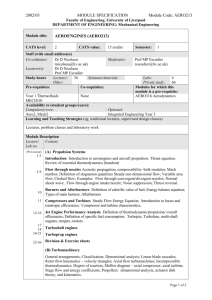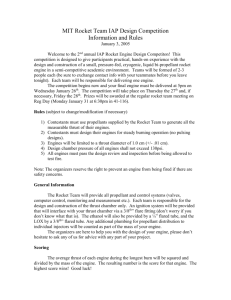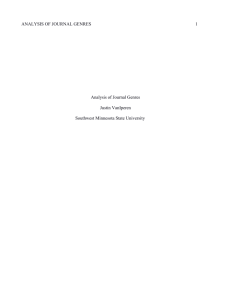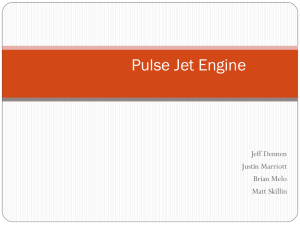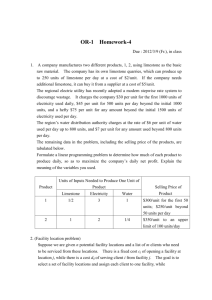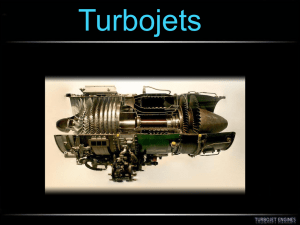Jet engine
advertisement
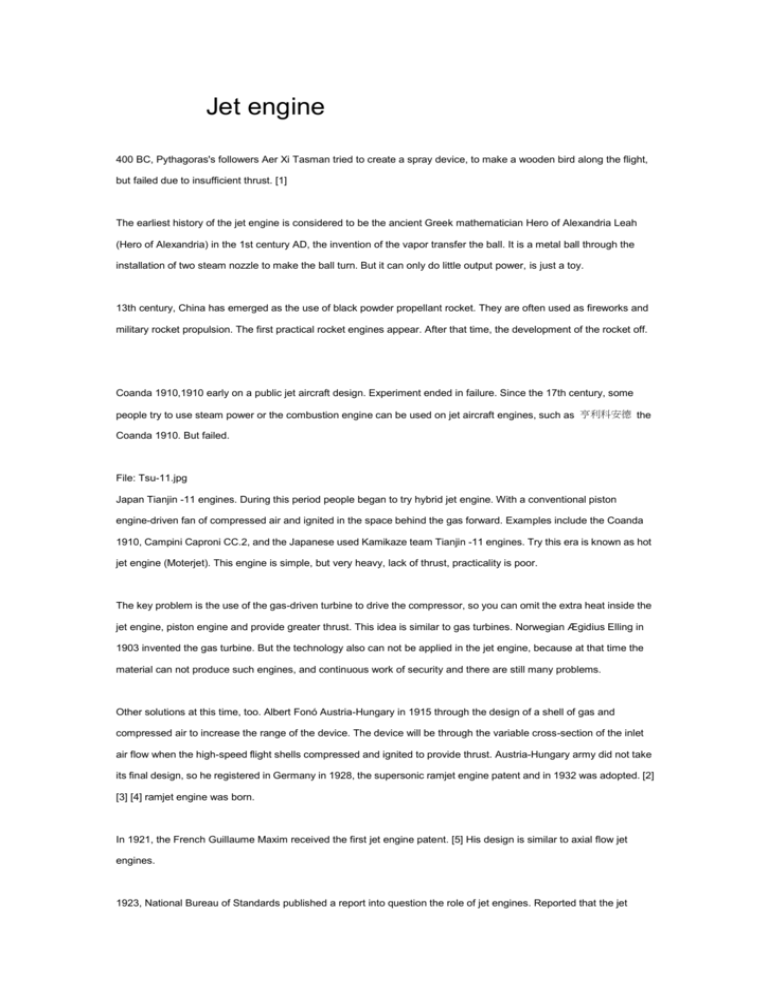
Jet engine 400 BC, Pythagoras's followers Aer Xi Tasman tried to create a spray device, to make a wooden bird along the flight, but failed due to insufficient thrust. [1] The earliest history of the jet engine is considered to be the ancient Greek mathematician Hero of Alexandria Leah (Hero of Alexandria) in the 1st century AD, the invention of the vapor transfer the ball. It is a metal ball through the installation of two steam nozzle to make the ball turn. But it can only do little output power, is just a toy. 13th century, China has emerged as the use of black powder propellant rocket. They are often used as fireworks and military rocket propulsion. The first practical rocket engines appear. After that time, the development of the rocket off. Coanda 1910,1910 early on a public jet aircraft design. Experiment ended in failure. Since the 17th century, some people try to use steam power or the combustion engine can be used on jet aircraft engines, such as 亨利科安德 the Coanda 1910. But failed. File: Tsu-11.jpg Japan Tianjin -11 engines. During this period people began to try hybrid jet engine. With a conventional piston engine-driven fan of compressed air and ignited in the space behind the gas forward. Examples include the Coanda 1910, Campini Caproni CC.2, and the Japanese used Kamikaze team Tianjin -11 engines. Try this era is known as hot jet engine (Moterjet). This engine is simple, but very heavy, lack of thrust, practicality is poor. The key problem is the use of the gas-driven turbine to drive the compressor, so you can omit the extra heat inside the jet engine, piston engine and provide greater thrust. This idea is similar to gas turbines. Norwegian Ægidius Elling in 1903 invented the gas turbine. But the technology also can not be applied in the jet engine, because at that time the material can not produce such engines, and continuous work of security and there are still many problems. Other solutions at this time, too. Albert Fonó Austria-Hungary in 1915 through the design of a shell of gas and compressed air to increase the range of the device. The device will be through the variable cross-section of the inlet air flow when the high-speed flight shells compressed and ignited to provide thrust. Austria-Hungary army did not take its final design, so he registered in Germany in 1928, the supersonic ramjet engine patent and in 1932 was adopted. [2] [3] [4] ramjet engine was born. In 1921, the French Guillaume Maxim received the first jet engine patent. [5] His design is similar to axial flow jet engines. 1923, National Bureau of Standards published a report into question the role of jet engines. Reported that the jet engine flying at low altitude at the time for no economic value, and even pointed out that "It now appears that at present, any possible jet propulsion of any practical value, even in the military purposes." [6] In 1928, the British Royal Air Force College Cromwell Frank Whittle's jet engine made a new design. January 1930, Whittle submitted patents jet engine design and in 1932 obtained a patent. Whittle designed the two-stage axial compressor is mounted on a front of a large centrifugal compressor by the turbine driven. Whittle later removed the front of the axial compressor and centrifugal compressor with a larger. This 1937 experimental engine, but because the failure of the fuel leak did not succeed. Because the British Government has no interest in Whittle's design was shelved. He-178, human history a jet aircraft at the same time, Germany's Hans von Aoan in Germany with a fully independent design. At first Aoan engine is electrically driven, and his purpose is simply to demonstrate the feasibility of this engine. Aoan are looking for then joined the Heinkel jet engine design companies, and trial a new engine. The new engine was originally the use of hydrogen as a fuel, then switch to the general aviation fuel. He can provide 5kN thrust. August 27, 1939, the pilot Erich Warsitz dress with Aoan driving the He-178 jet engine from Rostock-Marienehe airport. This is the first one in human history jet aircraft. Using centrifugal jet engine jet fighter and the use of British and rocket engine axial jet fighters participated in the Second World War, Germany, the late battle. Performance of the more advanced German jet fighter made outstanding success. In the later era aircraft to promote the rapid turn jet era.
